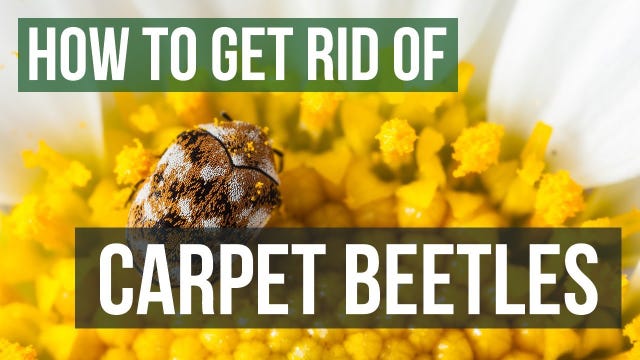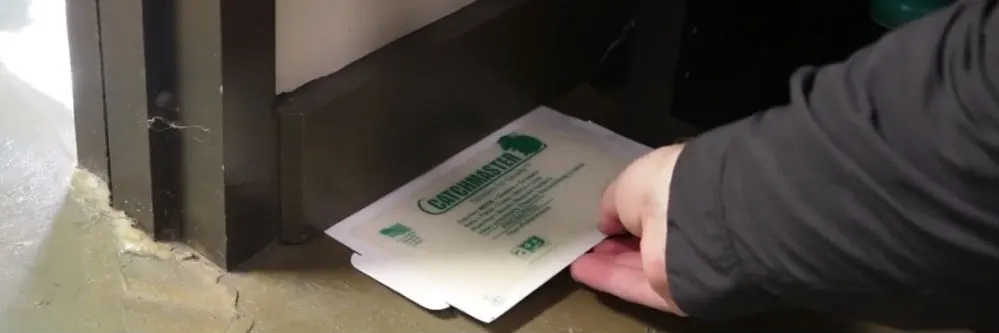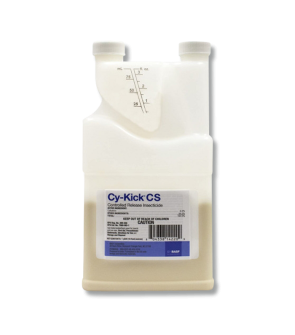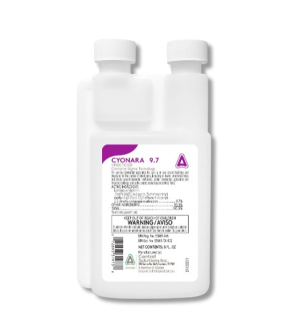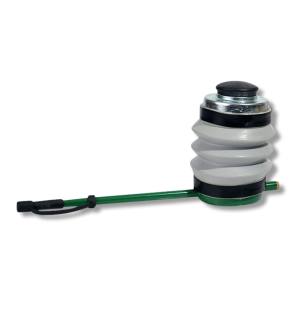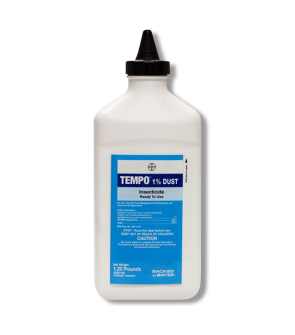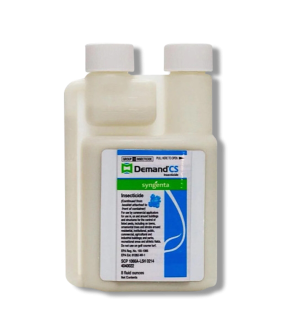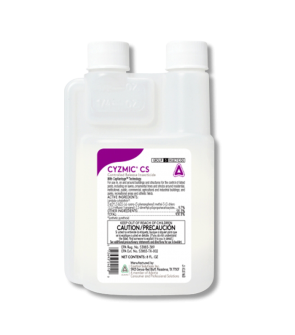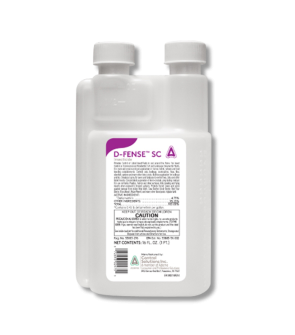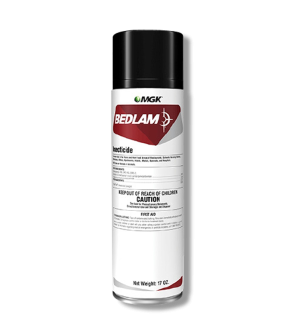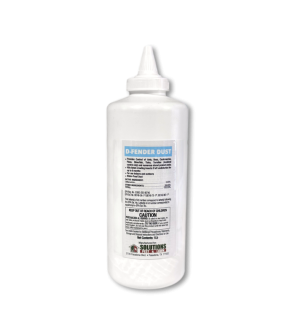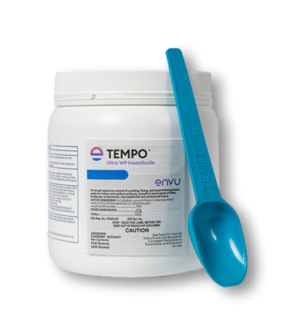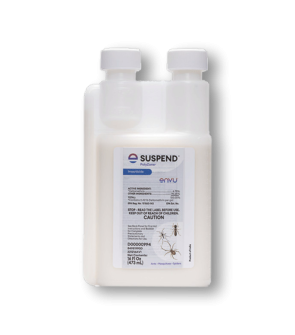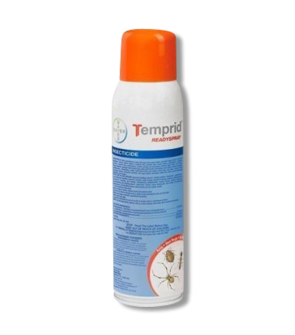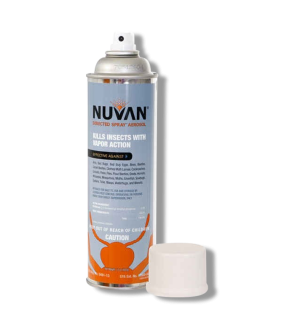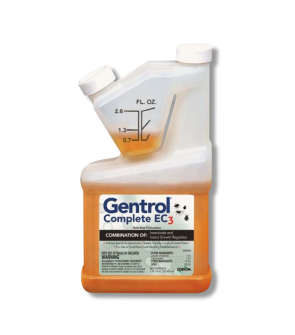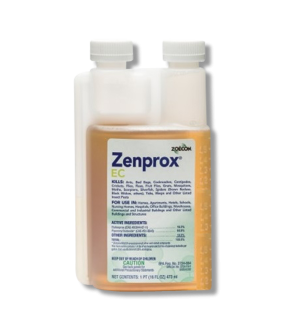Gain access to personalized product screening, the best pricing, rewards, and more!
Most Effective Products
Carpet Beetle Control: How To Get Rid of Carpet Beetles
This page is a carpet beetle control guide. Using the suggested products and methods, you will control carpet beetles. Follow this guide and use the recommended products, and we guarantee 100% control of carpet beetles.
Carpet beetles are a fairly common pest in homes. They have a big appetite for fabrics and furniture. Known for leaving holes in carpets and rugs, carpet beetles are small, dome-shaped insects ranging from 1/8 to 1/4 of an inch long.
Carpet beetles primarily feed on fabrics and carpeting, but they can also be a common pest around the kitchen, getting into stored food. Despite their name, carpet beetles are not naturally born and raised out of carpets but are, in fact, outdoor bugs who make their way indoors in some form or fashion. These pests are commonly found in warehouses, homes, museums, and other locations where suitable food exists.
If you have a carpet beetle problem, this DIY guide will help you remove them from your home using expert techniques and professional-quality products.
Identification

It is important first to make sure you are dealing with carpet beetles. Due to their similar shape and occasionally spotted body, they can often be confused as some type of ladybug or bed bug. Misidentification can lead to using the wrong pesticide, costing you time and money. Below are some identifying traits and information to help you with proper identification.
- Carpet beetles are small and oval-shaped. They are usually brown, but the speckles on their shell can vary in color. Their bodies have black, orange, yellow, green, and white-ish patterns.
- There are four main species of carpet beetles. These include the black carpet beetles and the varied, common, and furniture carpet beetles. An adult black carpet beetle is consistently black in color, oval-shaped, and varies in size from 5mm to 8mm. Carpet beetle larvae have color-banded bodies that may be white, light brown, or dark brown and have prickly hairs that can cause skin irritation if they graze against you.
- Carpet beetles are a particularly problematic pest in households because they prefer consuming and digesting keratin, a protein found in skin and hair. This affinity for keratin makes them relentlessly target and eat clothing, carpeting, and upholstery. They have been reported to be a major pest in homes, storage areas, museums, and apparel stores.
- They can also be hazardous to some humans with asthma, as their ability to discard molt skins from the larval stage can trigger asthmatic symptoms.
Use the image and description above to help you properly identify carpet beetles. If you are unsure, contact us, and we will help you identify the problem.
Inspection

Once you have identified carpet beetles, you can proceed with an inspection. You may find a group of carpet beetles nestled in a piece of furniture in the living room and another pocket of carpet beetles in a closet upstairs.
These groups of carpet beetles, especially when there is a large infestation, may be formed either from multiple beetles finding a way inside the home or even a single female laying eggs in a secluded area that has all hatched. In these cases, it is important to conduct control treatments that treat the entire home and not just spot-treat certain areas.
Where To Inspect
Inspect your carpets, rugs, furniture, closets, and baseboards indoors. Inspect storage spaces, attics, basements, and undisturbed areas of your home. Carpet beetle larvae are light-sensitive, so they may be found in dark areas like drawers or along baseboards. Conversely, adult carpet beetles are attracted to light and may be found on windowsills. Inspect items made of natural fibers such as wool, cotton, silk, fur, and animal hair.
Perhaps the area where carpet beetles are most commonly found and can aggravate homeowners is a closet. In such circumstances, Carpet beetles munch on clothing, and the holes they leave behind are often confused as being from a clothes moth.
What To Look For
You're looking for carpet beetles and their Larvae. Carpet beetle larvae look like worms with small hairs and are often found on the edges of carpeting, baseboards, and furniture tufts. If you find carpet beetles or larvae, you will apply the treatment to these areas.
The main difference between a moth feeding on clothing and a carpet beetle feeding is that moth larvae often stay where they have been feeding as they transition from larvae into adults. Carpet beetles, on the other hand, will move to a different area when pupating, away from the clothing itself. When you see no trace of a bug in your clothing, you can rest assured that the damage was the work of carpet beetles.
Treatment
Once you have confirmed carpet beetle activity, it's time to begin treatment. Remember to read all the product labels, follow the application instructions on these labels, and stay safe by wearing personal protective equipment (PPE).
To treat carpet beetles, we recommend a combination of cleaning measures such as vacuuming and professional insecticides to remove the beetles. After thoroughly vacuuming, apply Flex 10-10 Insecticide to cracks and crevices inside the home, and create a perimeter barrier outside of your home. We also recommend applying D-Fender Dust to treat entry points and other areas where carpet beetles hide and are hard to reach.
Step 1: Preliminary Vacuuming
Before applying treatment, you need to prepare the areas for product application. You will do this by vacuuming and immediately disposing of the contents of the vacuum outdoors in a bag. Vacuum the areas where you found the infestation. Also, vacuum close to the cracks and crevices and close to the baseboards. If you find carpet beetles near furniture, they must be vacuumed.
Wash or dry (on high heat) any infested fabric item (clothes, bedding, etc.) that can be washed. If the item is old or no longer needed, discard it. Finally, wipe down shelves and surfaces with mild soap and water.
Step 2: Treat Indoors with Flex 10-10
To treat your indoor surfaces, use Flex 10-10 liquid insecticide. This liquid concentrate is mixed with water and sprayed around and under carpets, on baseboards, and some cracks and crevices. Flex 10-10 is safe to use and has a broad label, meaning that it is labeled to control carpet beetles and other pests like mosquitoes, ticks, fleas, ants, cockroaches, and many more.
Determine how much Flex 10-10 you will need by calculating the square footage of the treatment area. To do this, measure the treatment area's length and width in feet, then multiply them together (length x width = square footage).
Flex 10-10 is mixed at a rate of 3.2 fluid ounces of Flex 10-10 per gallon of water (for heavy infestations, mix 6.4 fl. oz. per gallon of water) in a 1-gallon pump sprayer.
Mixing is easy; fill your sprayer halfway with water, then measure your insecticide and add that to the sprayer. Then, fill the sprayer the rest of the way to the 1-gallon mark. Screw the sprayer lid off tight, and then shake the sprayer to mix well.
Spray the edges of carpeting and under carpets and rugs. Use a fan tip setting on your sprayer and spray with low to medium pressure so that you are spraying to wet rather than drenching the carpet. Also, spot spray baseboards, shelving, drawers, closets, and cracks and crevices where you have noticed Carpet Beetle activity. Use low to medium pressure and spray to wet. It's best to spray the top of the baseboard so the solution runs down and coats the entire baseboard.
Do not let people or pets enter areas until the spray has dried.
Step 3: Apply D-Fender Dust
Carpet Beetles make their way into homes through small gaps and holes, using them as entry points. They also hide in tight cracks and crevices that most pesticides cannot reach. This is when D-Fender Dust comes in handy. D-Fender Dust is a moisture-resistant insecticidal dust that is perfect for targeting carpet beetles and hiding spots. It has a solid residual of 8 months.
To use D-Fender Dust, you will need a handheld duster. Fill your handheld duster halfway with D-Fender Dust and leave plenty of room inside for the air to circulate. Close the duster and apply it lightly by squeezing on it.
Apply D-Fender Dust in cracks and crevices in rooms where you have noticed carpet beetle activity. It would be best to focus applications along baseboards where the carpet touches the wall and in small openings.
Step 4: Monitor with Catchmaster Glueboards
While the above pesticides will kill any present carpet beetles, they may not successfully eliminate all of them. For any that happen to be lingering around, you can try to capture them by placing them around Catchmaster Glueboards or using the glue boards to monitor activity as a preventative measure.
These glue boards are easy to use and come in increments of 12, allowing you to get a good spread around your property. Place them in areas where you suspect they will be active.
Prevention
After treating your home for carpet beetles, you will want to implement preventative measures to discourage future infestations. Here are a few tips we recommend:
- Start by keeping pollinating plants as far away from your home or structure as possible. Adult carpet beetles are attracted to pollen and often end up in homes after being attracted by the flowers.
- Seal any possible entry points around your property (like cracks and crevices around window frames, door frames, and electrical/plumbing penetrations). By ensuring no obvious entry points into your home, no insects (including carpet beetles) can enter your structure.
- You can also apply Flex 10-10 once a month to ensure continued control of carpet beetles and other pests. For preventative measures, use 1.3 fl. oz. of Flex 10-10 per gallon of water.
Key Takeaways
What are Carpet Beetles?
- Carpet beetles are a beetle species that can cause indoor infestations. If not addressed quickly, they can damage carpets and fabrics and contaminate food products.
- Carpet beetles can eat just about anything from your carpet to your furniture. They do not shy away from pet hair, food, dead insects, or even leather products. They also like to lay eggs in carpets, which make way for destructive larvae.
- When looking for carpet beetles, you might want to start around the edges of your carpets, around all your door casings, and especially inside the upholstered furniture you might have.
How To Get Rid of Carpet Beetles In Your Home
- To get rid of carpet beetles, we recommend conducting a detailed vacuum and cleanup of infested areas and items, applying Flex 10-10 Insecticide and D-Fender Dust. Finally, capturing lingering carpet beetles with Catchmaster Glueboards would be best.
Preventing Carpet Beetle Reinfestation
- Prevent future infestations of carpet beetles by sealing up points of entry to your home with caulk and maintaining cleanliness by vacuuming around your home.
- For continued protection against carpet beetle invasions, make preventative applications of Flex 10-10 periodically every 90 days or so.






